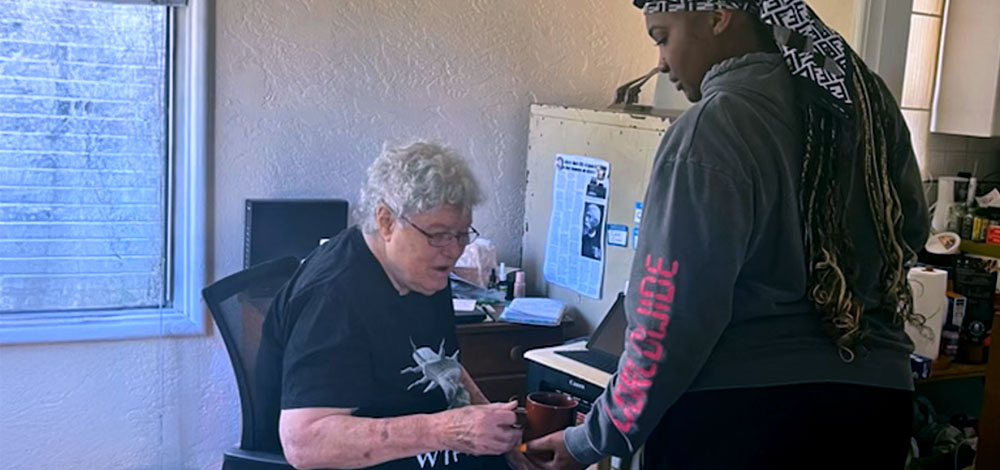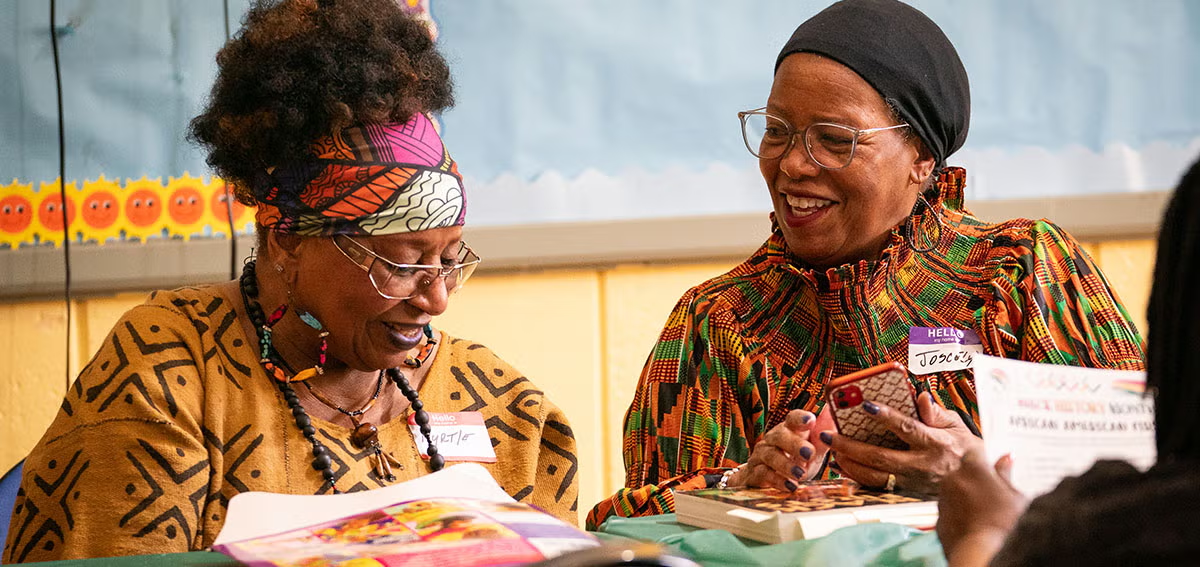|
Getting your Trinity Audio player ready…
|
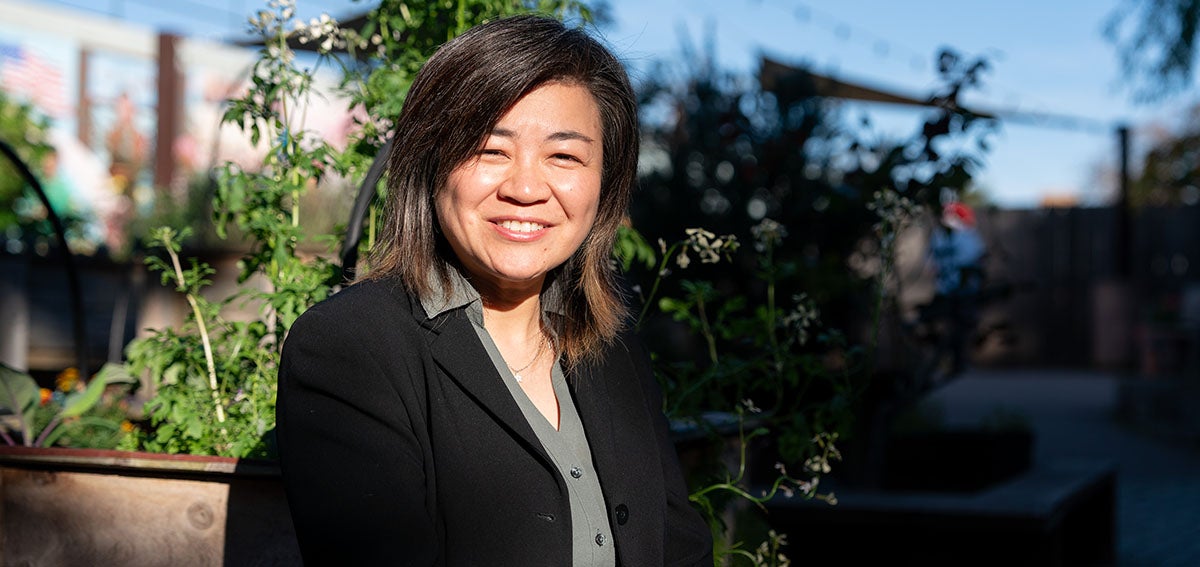
If given the choice, most older adults would prefer to age in place. That’s what organizations within the Program of All-Inclusive Care for the Elderly (PACE) are set up to help people do. PACE is a joint Medicare-Medicaid offering for people age 55 or older who would otherwise need to reside in a nursing facility to receive care. The program provides wrap-around social and medical services so people can instead remain in their homes and communities.
Today, some ambitious PACE organizations in California are expanding beyond their traditional scope. They’re working with Medi-Cal managed care plans to provide services to a different population. All this is done through California Advancing and Innovating Medi-Cal (CalAIM), the comprehensive state initiative to broaden Medi-Cal, California’s state Medicaid program, to encompass a wider range of social supports for enrollees.
What Do PACE Organizations Need to Succeed in CalAIM?
Nicole Torres, RN, the COO of On Lok, advises community-based organizations to carefully plan their engagement with CalAIM.
“Each community-based organization is having a different experience based on what health plan they are working with,” Torres said. “If you decide to do this with different health plans, you might have a different experience with each one. As a result, careful consideration in planning and resources is critical.”
To improve the likelihood of success, Torres suggests organizations contemplating CalAIM participation possess the following:
A staff member experienced in addressing inquiries from stakeholders and regulators
Expertise in the regulations, policy, and financial mechanisms around billing methods — especially ones that are unfamiliar to staff
Business intelligence and data analytics functions
An electronic health record system for documenting care and offering easy access to information
Training capabilities to bring staff up to speed
Change-management resources that are equipped to serve new populations
A staff member who understands CalAIM and can develop relationships with other community-based organizations
A development officer to identify grant opportunities, write applications, and handle reporting requirements
With years of expertise serving older adults with complex needs, these PACE organizations already possess the skills to add value to CalAIM. In fact, CalAIM offers an opening for PACE organizations to extend their competencies, diversify their business models, and use new funding streams to better serve additional populations. On Lok, the pioneer of the PACE model of care, has been at the forefront of these developments. The San Francisco-based organization was founded in the 1970s to provide outreach to seniors who needed help with medical problems and day-to-day activities while living in the community.
Enhanced Care Management
In 2023, On Lok contracted with San Francisco Health Plan (SFHP) to provide services outside the PACE program. Qualifying SFHP members receive Enhanced Care Management (ECM), a key element of CalAIM that gives patients with complex needs access to a high-touch care manager. On Lok also offers medically tailored meals — one of the 14 Community Supports woven into CalAIM — to people who are eligible.
“We wanted to expand the learnings around quality of care that we gained through the PACE program to these new populations,” said Nicole Torres, RN, chief operating officer of On Lok. “Participating fully in CalAIM was the right natural next step.”
Harmony Young, On Lok’s ECM program manager, has been with the organization for 15 years and transferred from the PACE program to the CalAIM program last May. While PACE is available to eligible adults age 55 or older, ECM can serve anybody over 21 who meets program criteria, Young said. On Lok already has the foundations built to serve these patient populations — including infrastructure in human resources, information technology, marketing, compliance, and regulation — and has been able to extend those resources in support of ECM and CalAIM.
Simone, a San Francisco Health Plan member enrolled in ECM, suffers from multiple medical problems, including cancer, osteoarthritis, neuropathy, infections, and joint replacements. At 62, her working life was ended by her physical ailments. Now, she is on Social Security disability payments.
Her On Lok ECM lead care manager, Rebecca Meyer, has been a lifesaver, Simone said in an interview. They meet via Zoom every week for an hour. “When she gets on, she offers me a lot of options,” Simone said. “‘What would you like me to do? Would you like me to get on the call [with the health care provider]?’ She has the language to speak to the people on the other end. She gets results quicker than if just I was calling.”
“It’s like having a fairy godmother — a buddy, an advocate.” said Simone. “I dread to think what my life would be like if these services were not available to me. I would be in so much distress. I would have had a mental breakdown.”
Simone is one of 77 people currently enrolled in On Lok’s ECM program, which is led by a team consisting of three lead care managers and one outreach and enrollment specialist. “Our team is small, but mighty,” said Young, who oversees the team.
One significant difference from the PACE model is the relative youth of the CalAIM beneficiaries. “Just the fact that we are serving a younger population is very refreshing,” Young said. “A lot of people need our help, even if they are younger. They’re facing problems with housing, food insecurity, accessing medical care. We are able to help people across the aging spectrum.”
High-Touch Care Growing in California
In the far northern reaches of California, Redwood Coast PACE has moved in the same direction as On Lok. “We view this as an added opportunity for the community to provide more supportive resources than we were able to do before CalAIM,” said Melissa Hooven, CEO of Humboldt Senior Resource Center. CalAIM is “additive” to the Humboldt agency’s various program offerings, bringing in new clients, Hooven said, because it allows “an entry point for people who don’t have awareness of housing services or nutrition services and meals.”
At the other end of the state, in San Diego and Riverside counties, Neighborhood Healthcare has been operating a PACE program since 2021. Recently it expanded its offerings to include ECM through CalAIM. Through a contract with Inland Empire Health Plan, it now has 1,100 people receiving these services, said Rakesh Patel, MD, CEO of Neighborhood. The organization helps them with scheduling visits, acquiring prior authorizations, coordinating screenings, reconciling medications, and accessing behavioral health care. Other community-based organizations provide Community Supports for these patients.
For older adults with complex needs, PACE is “the gold standard,” Patel said, noting that the addition of ECM to Neighborhood’s portfolio produced “a mind shift” in how the organization delivers care. What’s more, PACE organizations’ experience with capitation payment models and managing the total cost of care for people with complex medical and social needs puts them in a strong position to help further the goals set by CalAIM. “There is a big learning curve in this work, and PACE organizations have been doing this a long time,” Patel said.
Amplifying Revenue Streams Stabilizes Mission-Driven Work
Organizations like On Lok, Redwood Coast, and Neighborhood Healthcare that do this mission-driven work need financial stability and the possibility to grow. That is one of the things they like about CalAIM: it diversifies and amplifies their revenue streams.
Andrew Cheng, an On Lok project manager, pointed to the good fortune of having 50 years of PACE infrastructure in place to help build out the CalAIM program. “We have been growing at a positive rate over the past few months,” he said. The next challenge is: “How can we bring on a team that can grow with the members we enroll? The goal is to provide services to as many people in the community as we can.”
With CalAIM, said Hooven from Redwood Coast, “now we can provide those resources and compensate our staff through the billing mechanism, and generate revenue to help pay for the increased cost of providing services.” Hiring licensed staff and doing business in health care is “incredibly expensive,” she added; the CalAIM contract “gives us what we need as an agency to support our community in an efficient way. It’s about longevity. We want to be here another 50 years.”
Authors & Contributors
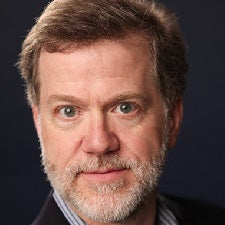
J. Duncan Moore Jr.
J. Duncan Moore Jr. is a freelance writer based in Kansas City, Missouri, who has been writing about health care for more than 25 years. He is a founder of the Association of Health Care Journalists.
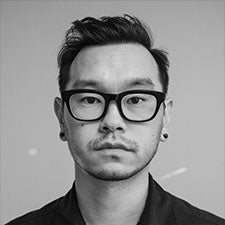
Jungho Kim
Jungho Kim is an Oakland-based photographer. He takes photos from his perspective as part of the Korean-adoptee diaspora — forever an outsider in an insider’s world — and is heavily influenced by his experiences living in the US, Japan, Sweden, and Korea. His work has focused on revealing the stories of those exploring their identities, experiencing inequity, or learning to adapt to our changing climates.
During the COVID-19 pandemic he spent extensive time with unhoused people and organizations providing them with basic necessities and community support. Kim also covered dozens of protests during the Black Lives Matter protests following the killing of George Floyd, including direct actions like the toppling of statues in San Francisco’s Golden Gate Park. In 2019, he documented the pro-democracy movement in Hong Kong, capturing quiet moments of resistance, defiant protesters, and violent crackdowns by police.

